Sado Island, located off the coast of Niigata in the Sea of Japan, has a rich and varied cultural background. There are many folklore and religious traditions passed down from generation to generation on the island. Among those, Sado can count Ondeko, a dance performed by deity masked to the sound of a drum. A very popular art form on the island that we had the chance to witness. Here’s our experience.
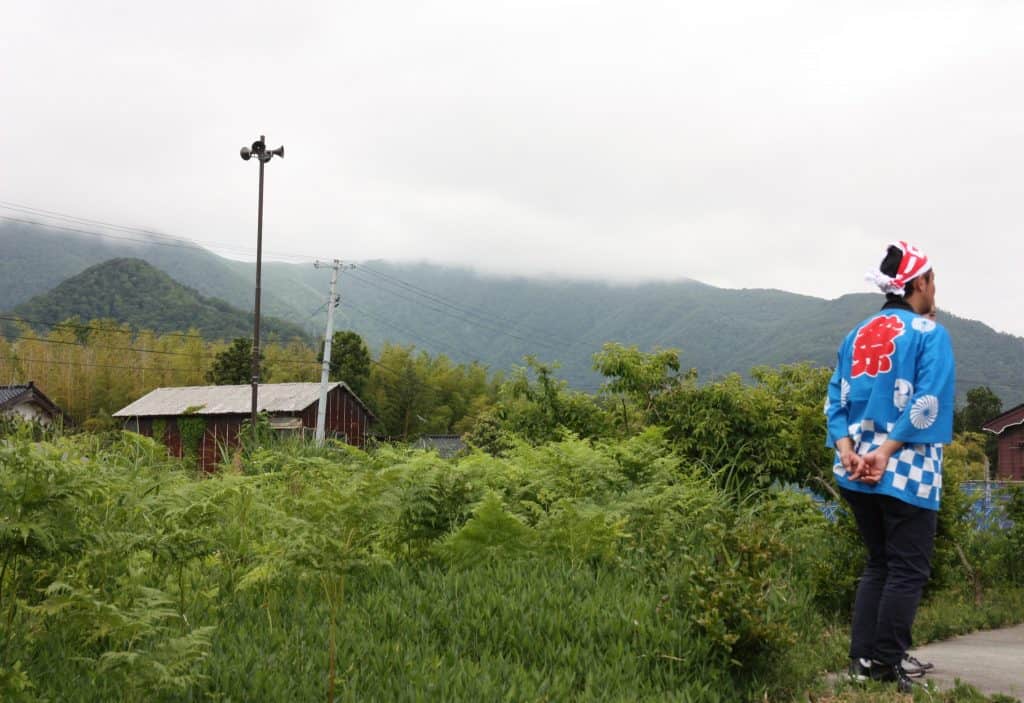
History and origins
If the origins of this Deity Masked Dance are quite blurry, the first appearances of the dance on the island are thought to date back to the 17th century and have since evolved into the dance still performed to this day.
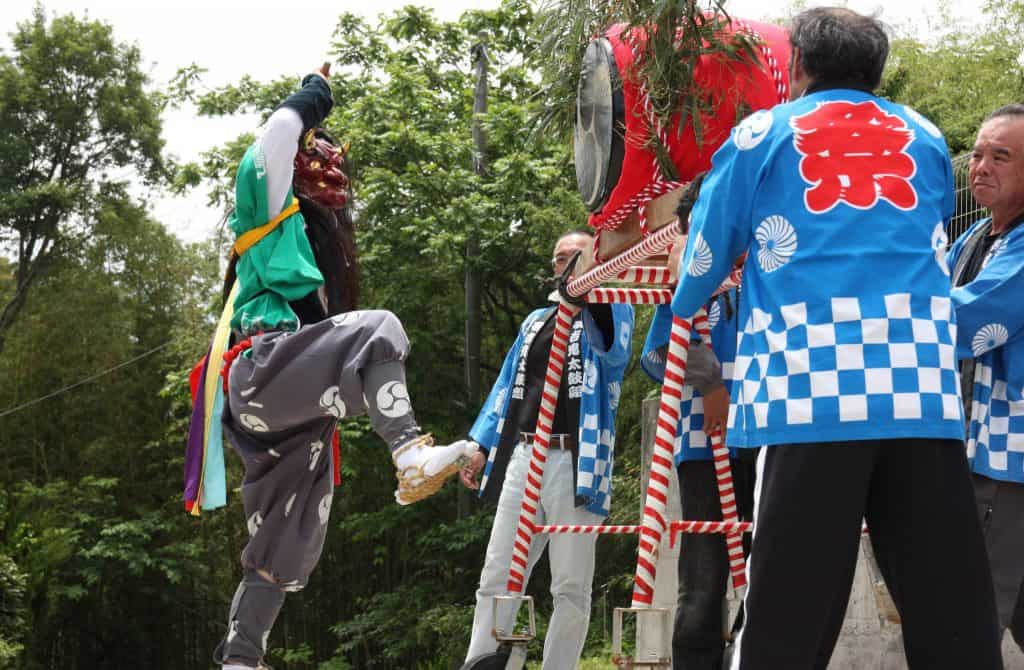
I should actually use the plural form—dances—as you can count five different types of Ondeko on Sado, with variations in each region of the island. But even though hundreds of dance troupes and several variations of the dance exist, there is always one common goal: to pray for good harvest, a good catch and good health.
Hayoshi’s Ondeko Festival
My very first experience as a spectator of an ondeko drumming and dancing performance was in the hamlet of Hayoshi, not too far from Ryotsu Harbor on Sado Island. During the festival I attended, the type of Ondeko dance I was able to see included two deities, or oni. A male one with dark hair and a closed mouth, and a female one with fair hair and an open mouth.
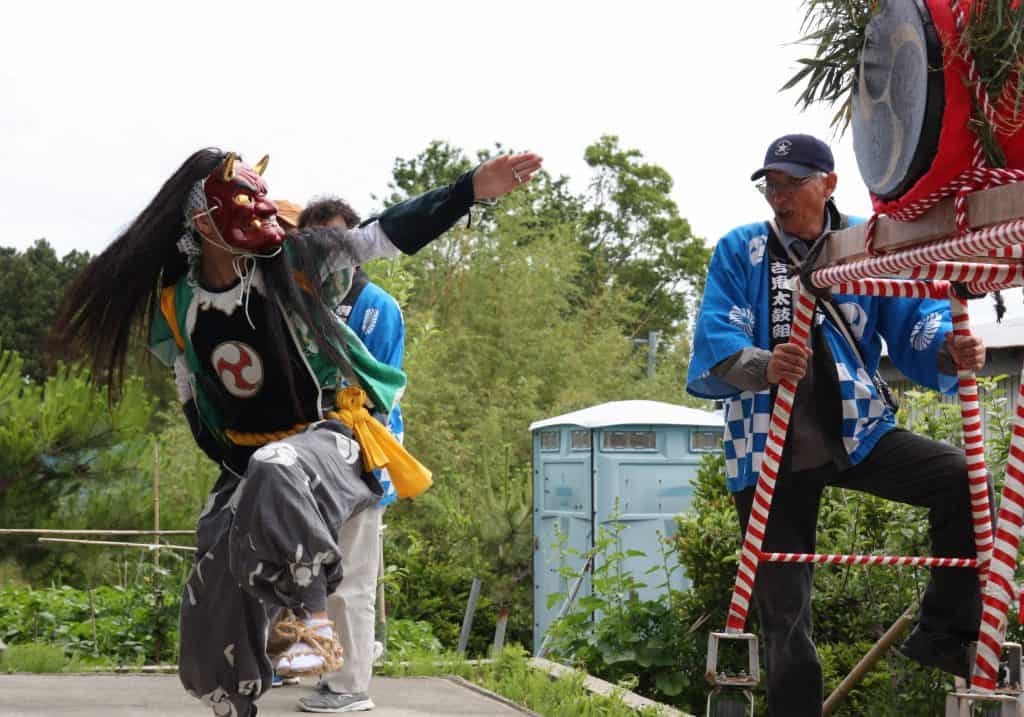
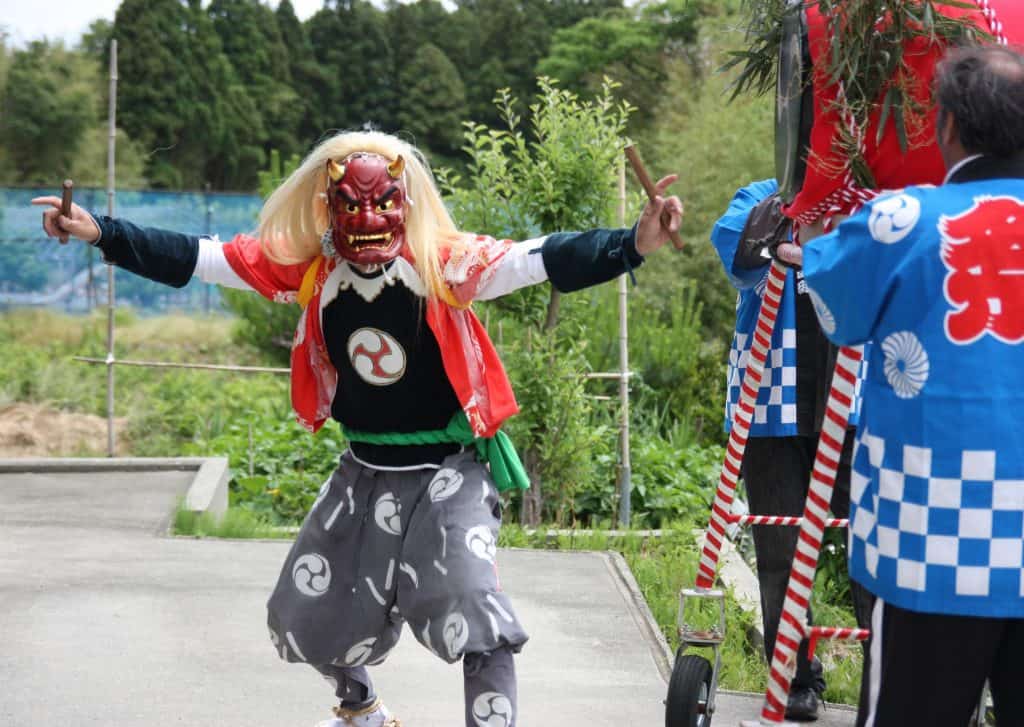
The two protagonists were not dancing at the same time, but one after the other to a slightly changing drum rhythm, depending on the deity —a bit stronger and pronounced for the male deity, and softer and more subtle for the female one.
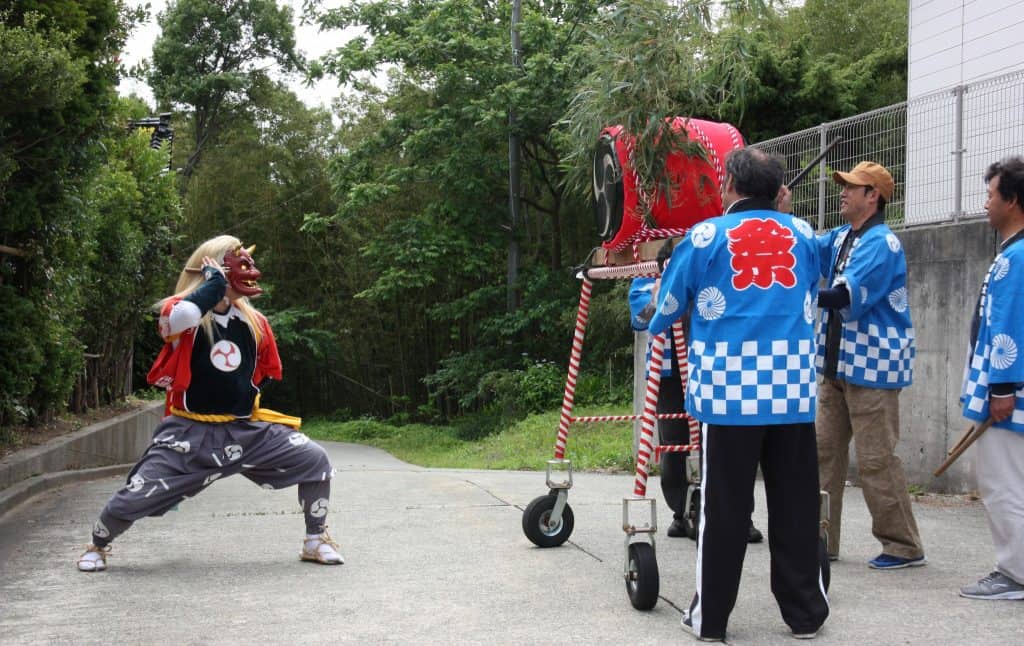
I was expecting a traditional festival with dancers parading in the main street of the village among a crowd of locals, so I was rather surprised to discover quite a different reality. The troupe of dancers and drummers was actually going from one home to the next in the small streets of the hamlet, warding off evil spirits from every household in exchange for offerings. No more than 15 people in total, creating a very intimate environment.
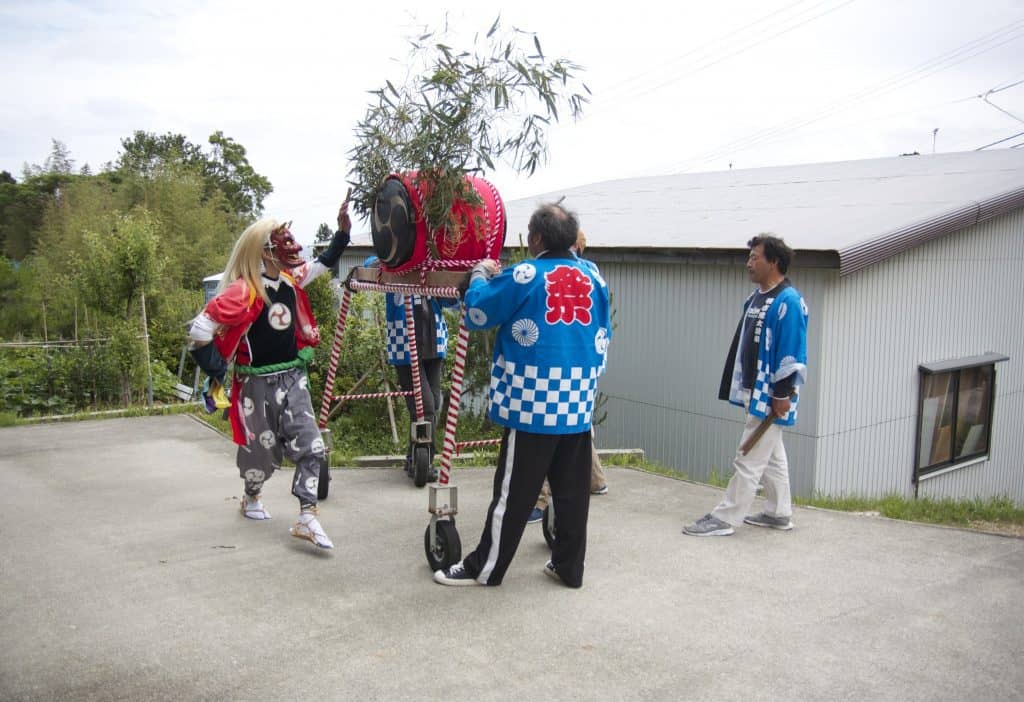
Following the troupe among locals
On top of the four dancers, taking turns to incarnate the deities, the festival procession was made of two persons in charge of moving around the drum decorated with a few bamboo leaves and several drummers playing in turn.
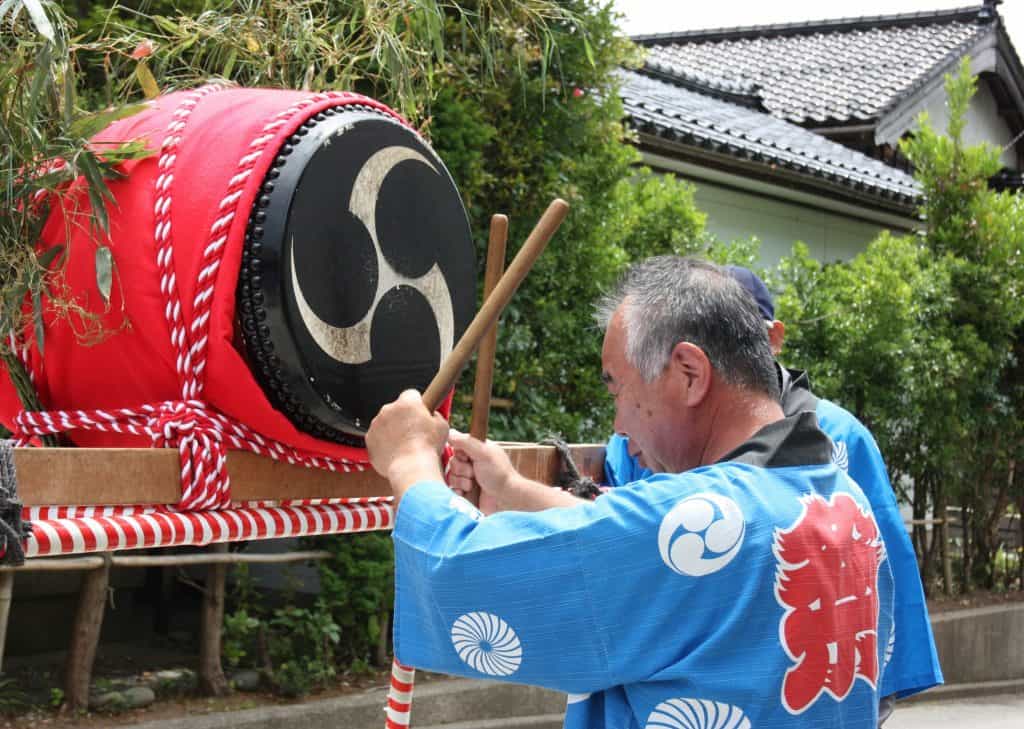
They all wore the same jacket with the colors of the festival: a bright blue and red. For the deities, however, their costume was a lot more detailed, made of several layers of fabric. The same symbol as the one on the drum could be found on their trousers and on their chest.
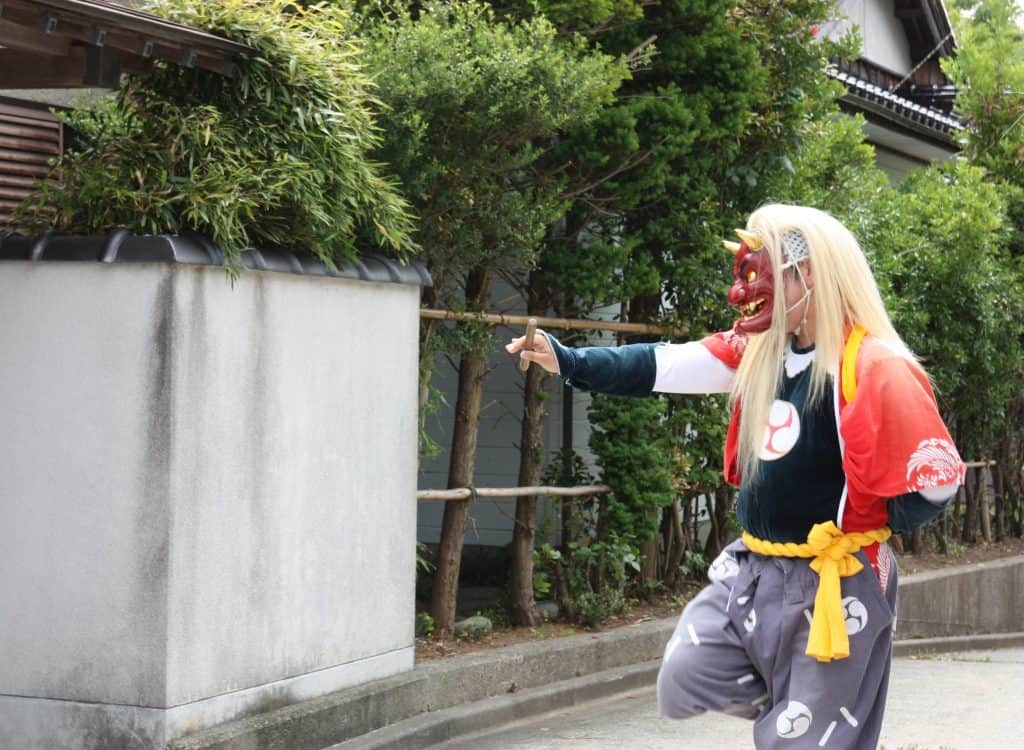
As for the masks, which can vary slightly from one Ondeko troupe to another, this troupe’s was decorated with horns and very long hair, adding a dramatic element to the dance.
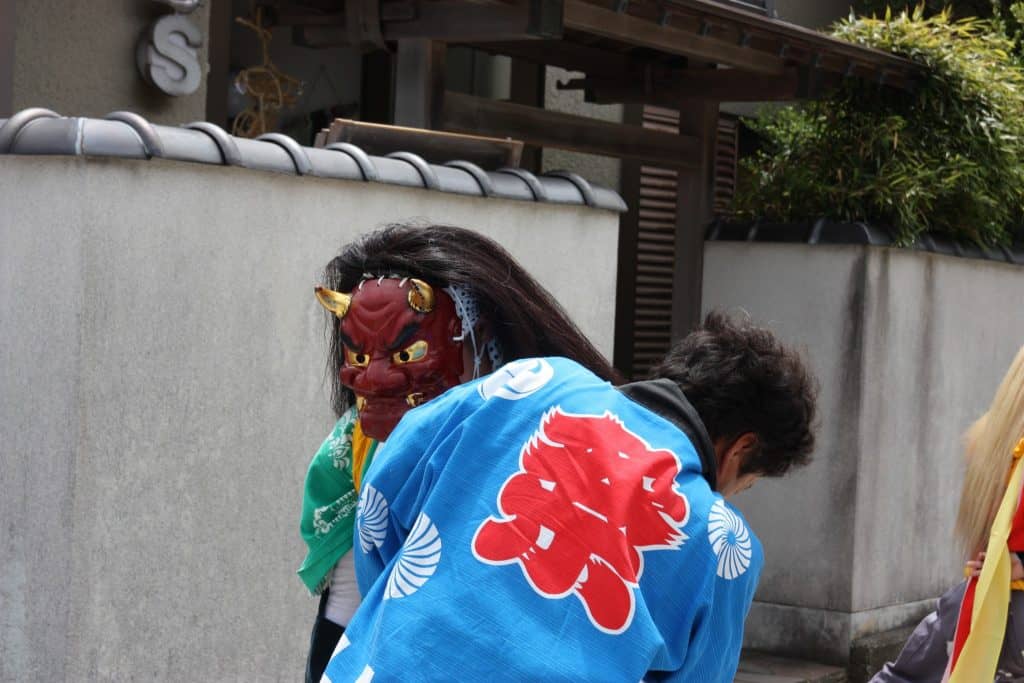
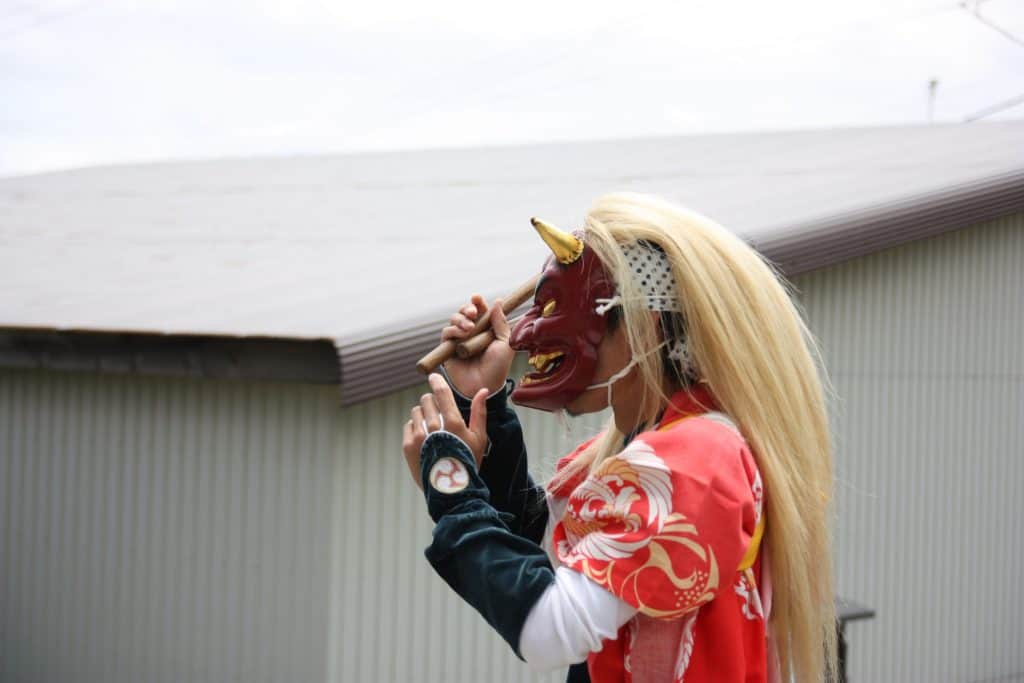
So there I was, following a small crowd of locals from house to house. Each time the procedure is exactly the same. The drum is placed facing the front door of the house, which has been carefully opened beforehand. Every household offers a few drinks and snacks to the troupe, it is a festival after all! The dance can then get started, with the male deity first and then the female one. The first one slowly dances closer to the drum until he ends up hitting it. The intensity of the rhythm as well as that of the dance movements gradually increases until it becomes quite powerful.
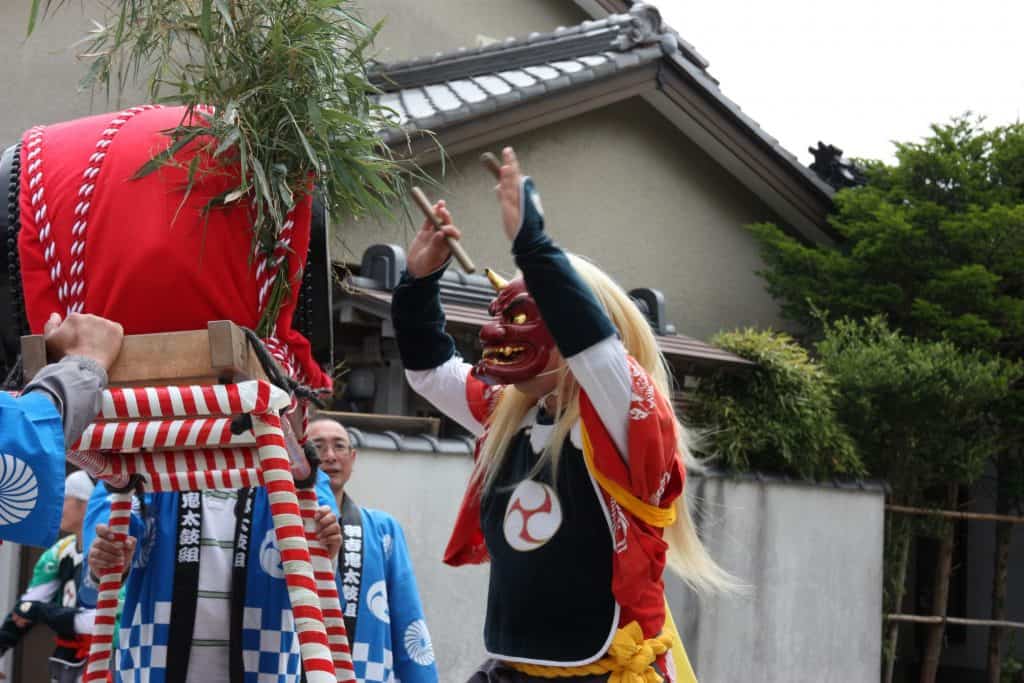
The oni alternately turns towards the drum and towards the house, in which he sometimes enters.
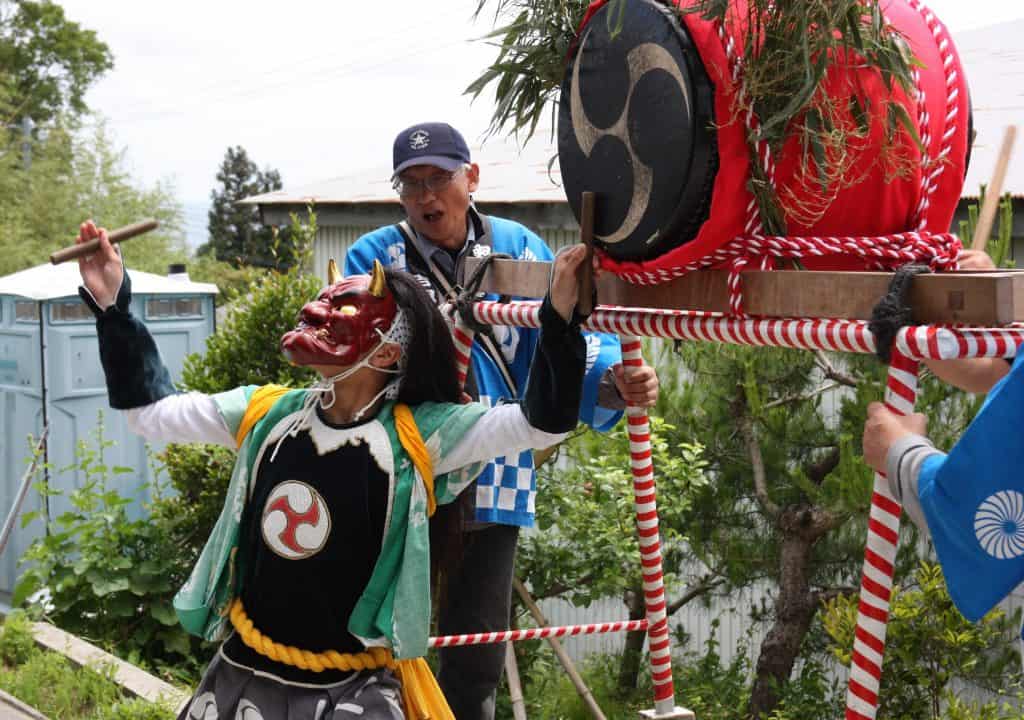
Behind the frightening masks and the religious aspect of this ritual, the atmosphere is actually quite relaxed and friendly. I can tell the troupe is happy to share their tradition with me and allow me to try drumming! All in all, I was not disappointed as I left the Ondeko Festival as this was a unique way to immerse myself in Sado Island’s rich culture.
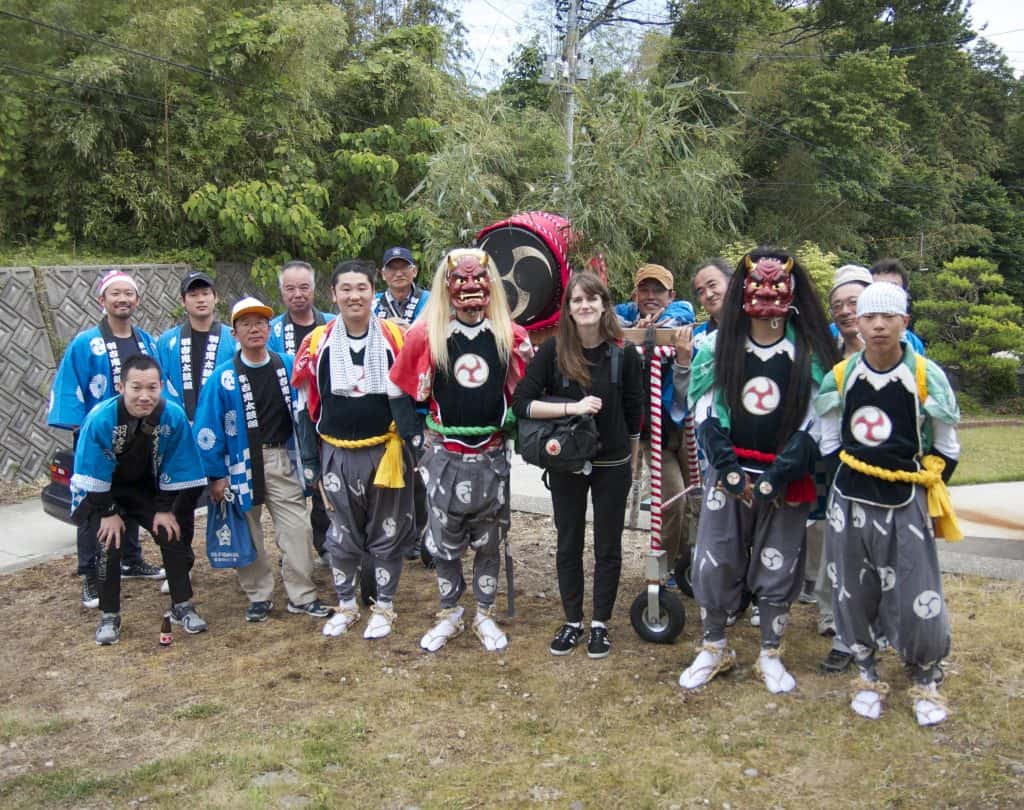
Reaching Sado Island
From Tokyo:
Start your journey by reaching Niigata. The Tokyo-Niigata trip is easily made via the Joetsu Shinkansen Line in about 2 hours. You will then need to take a ferry from Niigata Harbor, located 3km away from Niigata Station.
The Sado Kisen ferry boats travel from Niigata to Ryotsu Harbor on Sado Island several times a day. You have the option to take an express ferry taking you there in just over an hour, or a regular ferry connecting the two harbors in about 2 hours and 30 minutes. Here is the ferry company’s website (available in english) for more information on the timetables and prices.
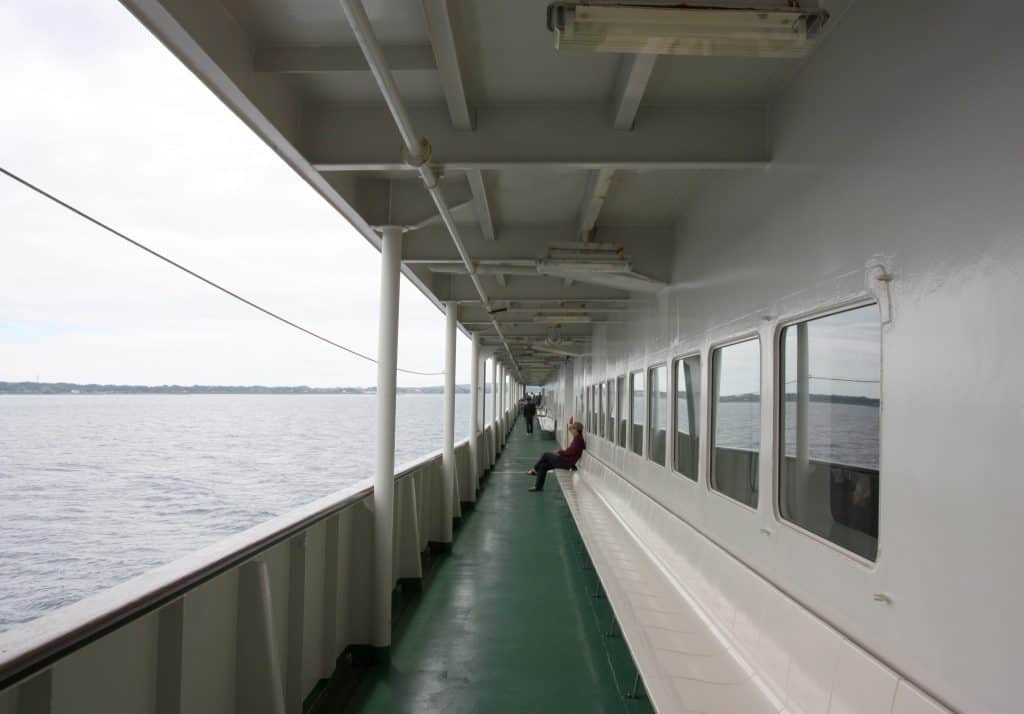
You can also take advantage of the Sado Niigata Pass which includes a one day bus pass in Niigata, a round trip ticket from Niigata Station to Niigata Harbor, a round trip ride on the ferry bound for Sado Island, as well as a 3-day bus pass on the island. All of this at a rather attractive price: 4,000 yen for adults and 2,000 yen for children. You can find more information about the pass here. To get around the island you can also rent a car or travel by taxi.
From Kanazawa:
You will need to reach Naoetsu Harbour via the Hokuriku Shinkansen Line and a local bus before taking a ferry to Ogi Harbor. Feel free to check out the ferry company’s website for more information.
You can also take advantage of the Sado Joetsu Pass which includes a 2-day unlimited ticket on the Echigo Tokimeki Railway, a round trip bus ticket from Joetsu-Myoko JR Station to Sado Kisen Naoetsu ferry port, as well as round trip ferry tickets. The pass is 7,000 yen per adult and 3500 yen per child. To get around the island you can also rent a car or travel by taxi.
For more information on transportation, check out our previous Voyapon article on the topic here.
Practical information
For more information on Ondeko and other Sado Island traditions, please visit their website.
Do you need more information? You can find up-to-date information on Sado’s history, main tourist attractions, accommodation, gastronomy and transportation right here.
Sponsored by Sado Island
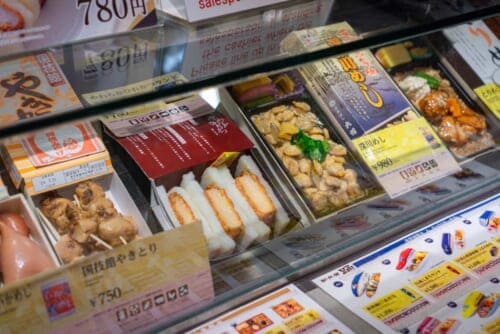
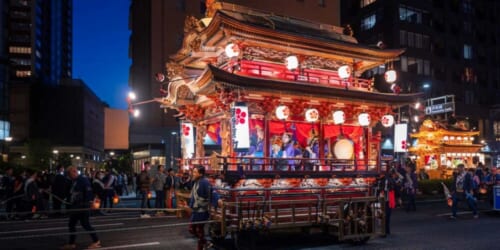
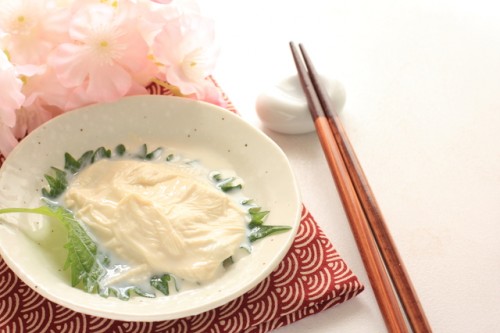
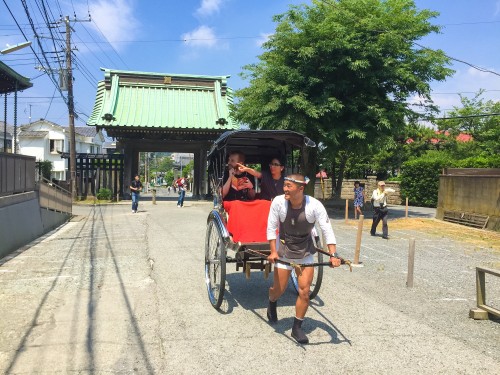
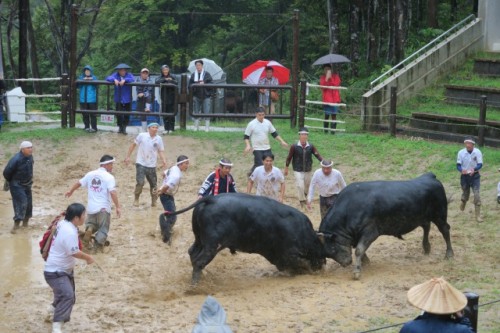


No Comments yet!